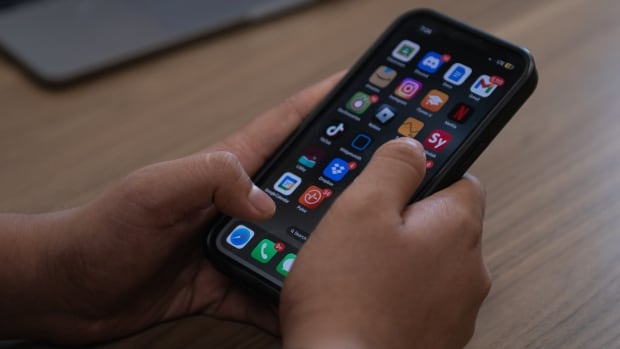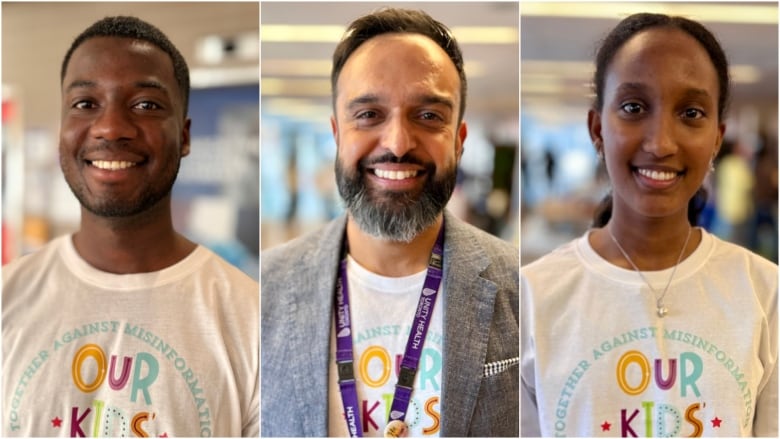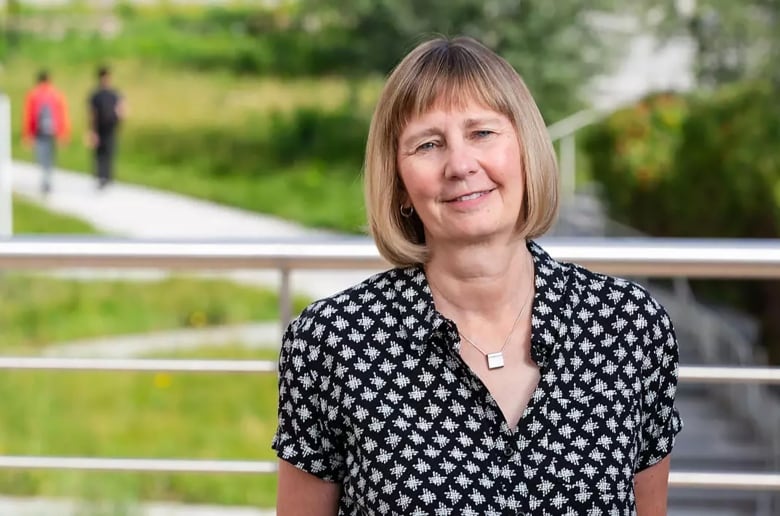
Could sunscreen be bad for you? Can kitchen ingredients cure an STI? Students go online to search out all manner of information — including health and wellness advice — but face an overwhelming landscape often full of myths and memes.
“It can be very easy … for youth to read something and maybe take it as being true when it might not be,” said University of Toronto student Soliana Lijiam.
A recent surge of social posts decrying fluoride in drinking water, spurred by Robert F. Kennedy’s nomination to lead America’s top health agency, underlines the ongoing struggle to find reliable health information amid a sea of online mis- or disinformation.
Though lessons about digital media literacy are part of the Canadian school curriculum, students and experts alike say that more extensive learning is needed to boost young people’s critical thinking skills and guide them to be savvy on social media.
We asked students where they get their news and what they’d like to learn to better navigate social media content.
Students, who are “impressionable and still growing,” need time to learn how to separate opinions from evidence-based information, said Kofi Brako, a 23-year-old studying medicine at McMaster University.
But those bite-sized video bursts on TikTok or Instagram can be all too persuasive, he added. “It can be difficult to actually take the time to analyze what a post is trying to tell you … because the way it’s presented online to you can be so engaging and so compelling.”
Lijiam, 20, did a research project that found young people were swayed by online misinformation, jokey memes and parodies regarding safe sex methods and preventing sexually transmitted infections.
She agrees that it’s extremely easy to allow social content to passively wash over you when scrolling, “to kind of intake that and not really question what it is that you’re learning about or consuming.”

Boosting digital literacy
Canada’s schools already tackle digital media literacy, but additional depth and breadth are needed, according to Catherine Burwell, an assistant professor of education at the University of Calgary.
Lessons should cross the spectrum of classroom subjects and not be one-offs or only tied to civics classes, she said.
“It should be happening in science, for example, with questions around the climate crisis.… It can be happening in health classes. It can be happening across the curriculum,” she said.

Teaching strategies for navigating online is valuable, but Burwell believes educators must also help learners understand today’s broader online landscape — including their inclination to be social.
Students “need to be able to talk about what they’ve seen. We need to help them to understand what does it mean that something is factual … what does really good, rigorous scientific inquiry look like, and help them to understand that science also does change,” she said.
Initiatives outside of school settings can also help students level up.
Earlier this month, Dr. Ripudaman Singh Minhas partnered with students like Lijiam and Brako to create a daylong conference to help teens and young adults fire up their critical thinking when scrolling social media.
The Toronto-based developmental pediatrician was moved to action after witnessing a huge rise in health misinformation online over the past few years, as well as seeing more patients come forward confused or with more questions about vaccines, mental health disorders and sexual health.
Organizers of a youth-targeted conference discuss what makes social media misinformation hard to detect, while an education prof outlines how education can help.
The goals of the conference? Find out “what’s on [students’] minds, what they’re hearing about health misinformation and give them the tools… to critically appraise what they’re seeing online,” Minhas said.
The conference also emphasized respectful and responsible dialogue online, including with those sharing opposing viewpoints.
Recognizing how motivated youth are to make and share content — and how easy it is to do — Minhas encourages more intention and thought before young people dive in. “If you’re going to be creating content around health or around experiences that you’ve had, think about responsible ways to do that and the ripple effect that that can have.”
Being where students are
With the ease of accessing information online, it’s important that health and science professionals engage in the social spaces where young people are gathering, said Lijiam. It’s especially valuable as a way to reach groups that may otherwise face barriers to this knowledge and expertise, including racialized and Indigenous people, newcomers, those with disabilities and members of the LGBTQ community.
It’s also something Lijiam saw first-hand: after her brother was diagnosed with a chronic illness in childhood, she watched her family go online to research further and find ways to help manage his symptoms.
Minhas agrees. “In Canada right now, it’s easier to turn to resources online, like social media, than it is to go in and see your primary care provider,” he noted.
As medical professionals, “it’s important for us to think about how do we dilute out some of that misinformation [online] with content that is credible, that is reliable.”
Navigating social media
Here are a few basic strategies suggested by Brako and Lijiam to help people work on improving how they assess information found online:
- Be intentional when spending time on social media and which accounts and hashtags you follow.
- Consider where info is coming from: is it a reputable source? What makes this person an expert?
- Explore different sources to get fuller context.
- Take a step back: a post might be easy to consume or share, but think through the info conveyed.
- Recognize there are other sides to a story.





